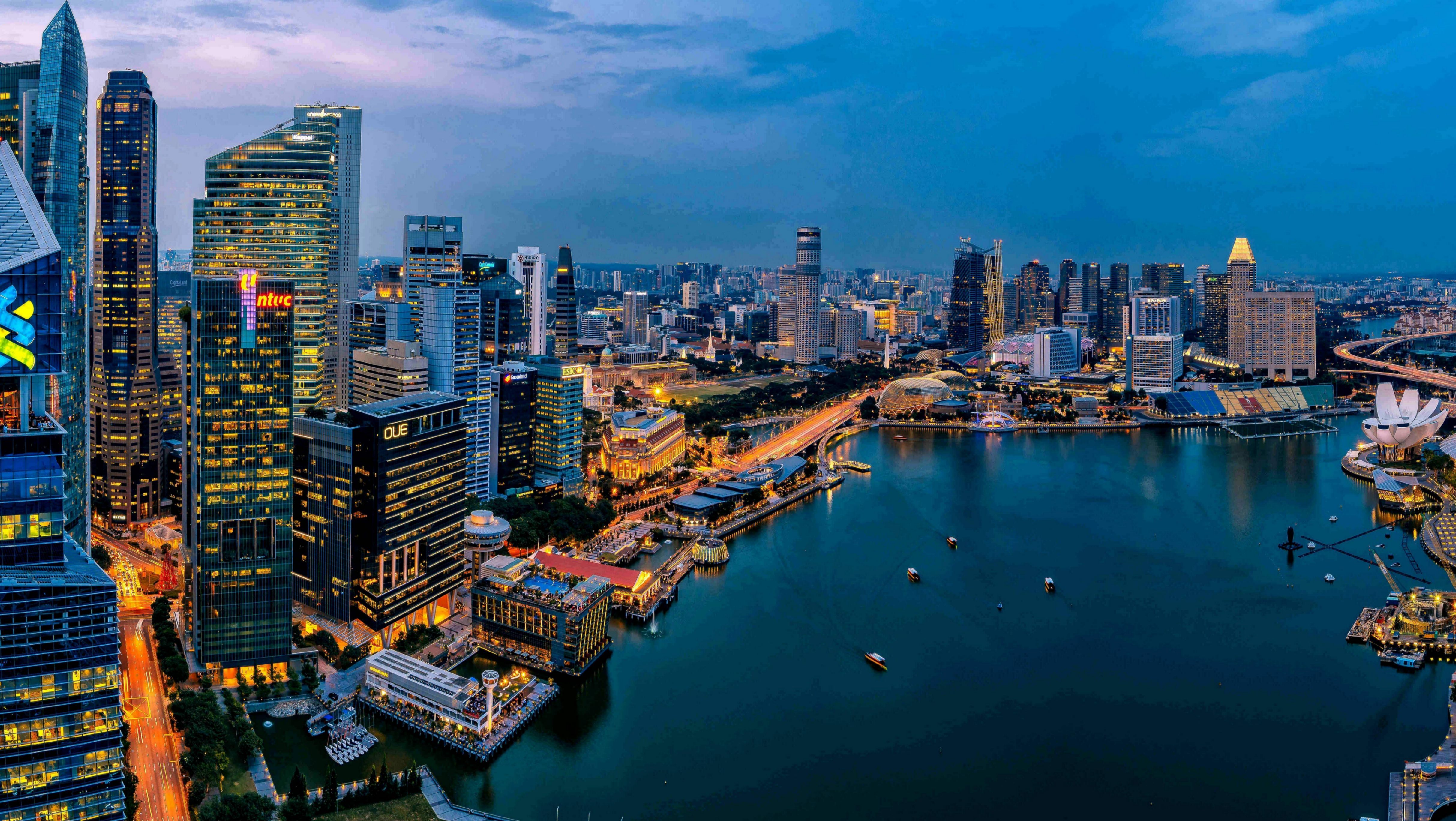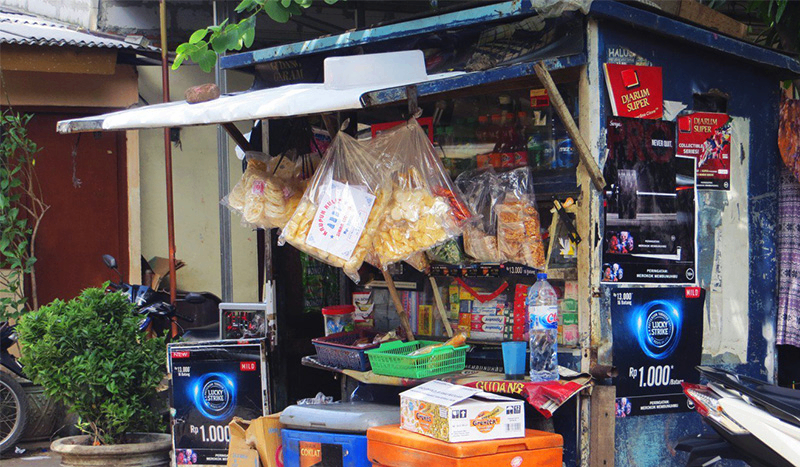Under the mask of omni-channel shopping, the retail industry in the Asia-Pacific region is embattled.
Retailers in the Asia-Pacific region are being squeezed by omni-channels, with online return services and losses due to theft, fraud and other factors particularly prominent。
Zebra's 16th annual global consumer research report confirms that Asia-Pacific retailers are being squeezed by omni-channels, with online returns and losses due to theft, fraud and other factors particularly prominent。
It is understood that 7 out of every 10 retailers in the Asia-Pacific region are under pressure to improve return efficiency, as nearly 80% of shoppers prefer retailers with convenient return services。

Online: Frequent returns cause profit problems
In the Asia-Pacific region, 74% of retailers see reducing attrition scale as a major challenge, while 89% see the ability to predict demand as important。
According to the National Retail Federation (NRF), global retailers lost $112 billion in 2022 due to various losses, up from nearly $94 billion in 2021.。
According to Zebra, 40% of Asia Pacific retailers believe that more accurate wear and tear analysis will help improve profitability。Multiple retailers expect to complete deployment of loss prevention analysis and demand planning and forecasting by 2026。
While omnichannel shopping poses a challenge for retailers, most shoppers prefer to shop this way。It is reported that nearly 80% of shoppers in the Asia-Pacific region tend to combine online shopping and physical store shopping, of which 72% tend to shop at online retailers with physical stores.。
With the continued growth of omnichannel shopping, a surge in returns has followed。
Statistics show that from 2022 to 2023, the global return rate increased from 32% to 33%, while the growth rate in the Asia-Pacific region climbed from 32% to 39%, an increase of 7%。The return amount has reached 1.8 billion US dollars, which has a great impact on retailers around the world, while the Asia-Pacific region is naturally facing greater difficulties due to its more prosperous online shopping.。
Most employees responsible for online return services reflect that online shopping has brought about the problem of frequent returns, and because the convenience of returns has become a decisive factor in the transaction, so for retailers, online order management, returns and the efficiency of the process needs to be improved, and the cost pressure is increasing.。A number of retailers are reportedly looking to upgrade their return management technology。
Christanto Suryadarma, Vice President of Southeast Asia (SEA) Sales at Zebra, said: "The continued growth of e-commerce has led to a significant increase in sales and other returns.。Retailers have recognized that technology plays a key role in navigating this competitive landscape by skillfully managing surging demand and ensuring efficient and seamless processing of orders and corresponding processes。"
In addition, the return problem also affects retail-related industries, especially warehousing。In 2026, multiple retailers will complete the deployment of reverse logistics technology to better manage operational processes。Among them, nearly 30% of retailers believe that charging a fee for online orders with frequent returns has the potential to improve overall profitability。
Offline: technology configuration needs to be upgraded
Since 2020, the number of shoppers using digital payments has increased significantly, thereby breaking the space constraints of consumer payment activities.。
According to statistics, in the Asia-Pacific region, the number of people who check out on the spot rose from 16% to 28%, while consumers can also "go directly out" to save queuing time, the proportion rose from 17% to 33%。At the same time, 48% of consumers choose self-checkout。
It's not hard to see that consumers are willing to make the shopping process faster and more efficient in any way, and more and more retailers are subsequently expanding the use of self-checkout machines。
With the development of retail industry, consumer expectations of technology are increasing。Some respondents said they expect retailers to actively use the latest technology to improve the consumer experience。They say that using technology products at work increases their sense of value and is more positive for employers。
In this case, more than half of retailers are already deploying tablets, scanners, RFID, and task and workforce management software in-store。
George Pepeps, head of vertical solutions for Asia Pacific, Zebra's healthcare and retail business, said: "Today, we have entered the modern consumption era with consumers, and the seamless experience has reached all aspects of consumption (browsing, acquiring, consuming, returning, etc.), it is no longer a luxury, but a necessity.。Successful operations in modern retail require improved customer experience and retail employee engagement, optimized inventory management, improved brand tonality, and increased profitability in today's dynamic environment。"

·Original
Disclaimer: The views in this article are from the original Creator and do not represent the views or position of Hawk Insight. The content of the article is for reference, communication and learning only, and does not constitute investment advice. If it involves copyright issues, please contact us for deletion.